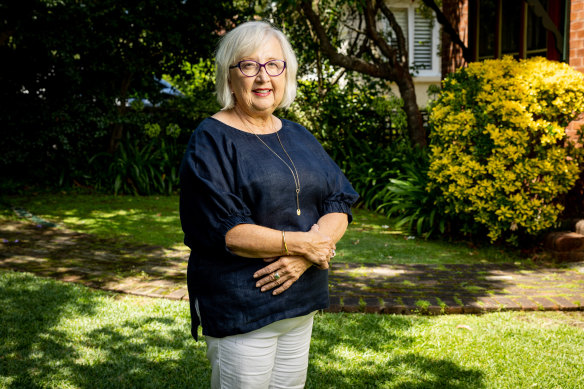This was published 1 year ago
‘Kicked down the road’: Australians to wait for porn passport
By Jordan Baker
The federal government has shied away from making people prove they are old enough to watch pornography, preferring to let the industry police itself before considering a trial of technology that would stop minors accessing explicit content.
In a government-commissioned report, the e-Safety Commission recommended a pilot of so-called age verification technology, which would involve handing out electronic access “tokens” to those who can prove they are above the age of consent.
But the government said it would only consider a trial of the technology – opposed by privacy advocates and the adult industry – after providers and the commission have negotiated a set of codes to reduce harm, such as giving parents more information and filters. That process has not yet begun and is likely to take several years.

48 per cent of Australian boys have seen pornography by the age of 13 and nearly 48 per cent of girls by 15.Credit: Illustration
Children’s advocates said they were disappointed a trial would be years away. “I’d like to see a greater sense of urgency for reform that will safeguard our most vulnerable children,” Children’s Commissioner Anne Hollonds said.
Countries across the world are taking steps to limit children’s access to online pornography due to concern about the amount of content on popular adult sites that involves violence and its link to real-life gendered violence.
E-Safety research found 75 per cent of 16- to 18-year-olds had viewed online pornography, and a third of those first saw it before they were 13. Delaying their exposure made it more likely they had the maturity to understand what they saw on screen wasn’t a script for real life.
So-called age-assurance technology can involve a “porn passport” based on government identification, such as in France, or less intrusive approaches such as biometric systems that use a selfie to estimate age based on a user’s face.
The e-Safety Commission was asked to develop an “age verification roadmap” by the previous government. Over two years, it consulted everyone from the adult industry to educators, examined the privacy issue and looked at potential technological fixes.
The roadmap, to be released publicly on Thursday, found age assurance technology was immature but developing, and said it should be trialled in Australia – drawing on experience overseas – before any steps were taken to mandate it.
The pilot would use dummy sites, and trial a range of approaches. It could also take in online wagering and alcohol sales sites, and use technologies approved for use in other jurisdictions, such as the token system.
But in its report, the government said it would not consider a trial until after code negotiations. Phase one of those negotiations, targeting illegal content such as child pornography, will take about two years by the time they are finalised.

Children’s Commissioner Anne Hollonds.Credit: Ben Symons
The second phase, involving discussions with websites, internet service providers and social media companies, will address potentially harmful but legal content such as online pornography. It will not begin until phase one is complete.
“The government will await the outcomes of the class 2 industry codes process before deciding on a potential trial of age assurance technologies,” it said.
Hollonds said approaches such as parent education and optional filters did not work for children who were at the most risk of harm, including those whose families were poor, disadvantaged and had little education themselves.
“I was disappointed that the e-safety commissioner’s recommendation for a pilot has not been accepted,” she said. “In view of the risks to the most vulnerable children in this country, I would have liked to see a greater sense of urgency.”
Michael Salter, an associate professor in criminology at the University of NSW, said the codes were not enough, and the pilot should be conducted at the same time.
“It’s concerning to see real action on child pornography to be kicked down the road many years away,” he said. “We know exposure to pornography is causing significant population-level harm. How many children need to be harmed through exposure through span, through social media sites, through all sorts of means until the government takes effective action?”
The Morning Edition newsletter is our guide to the day’s most important and interesting stories, analysis and insights. Sign up here.